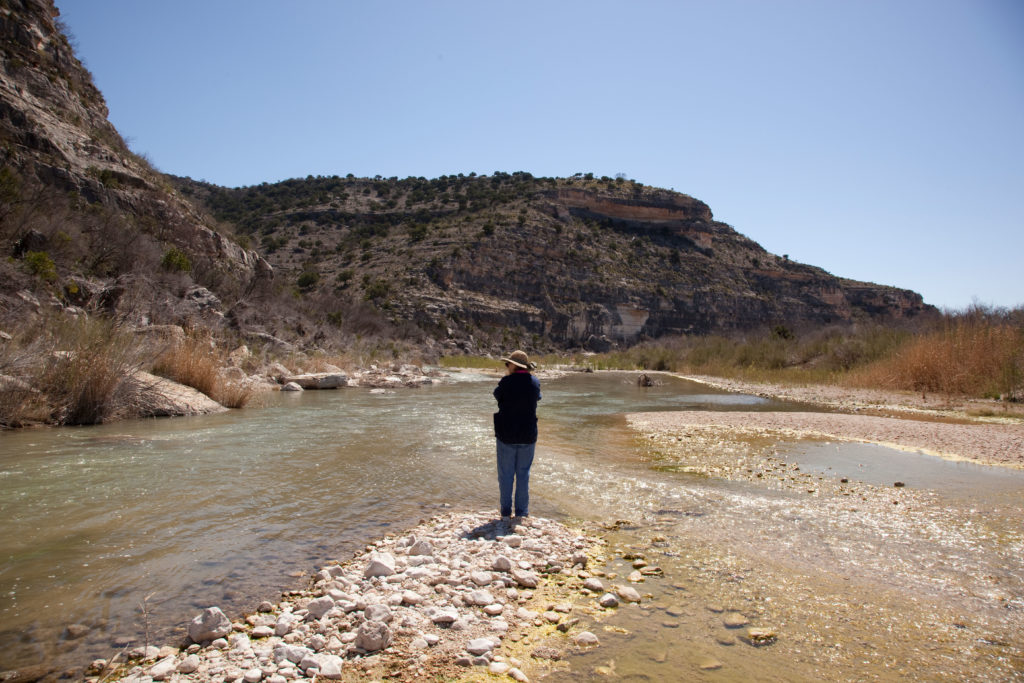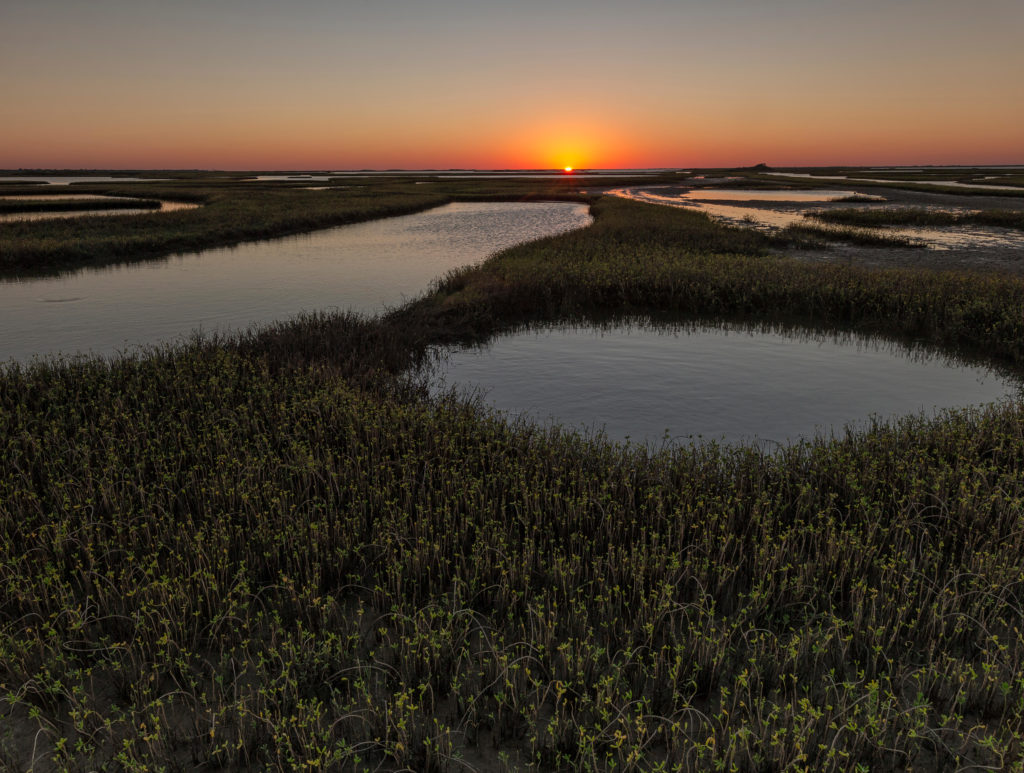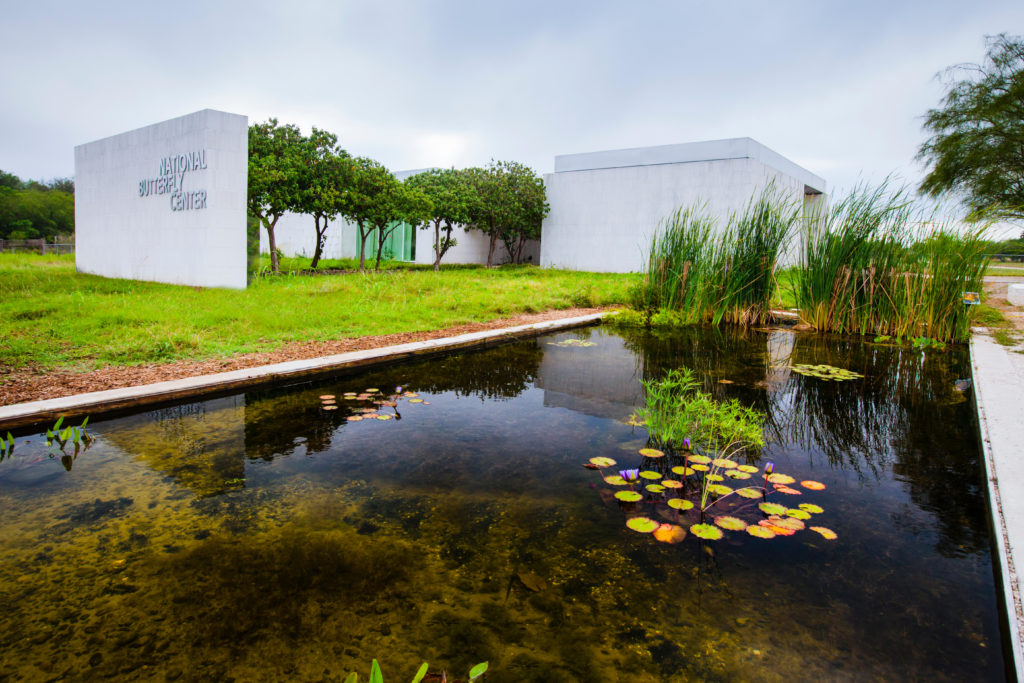9 Wildlife Sanctuaries in Texas Where Wildlife Roams Free
Each winter, along the western edge of the Texas Panhandle, flocks of lesser sandhill cranes return to the wide-open grasslands where they have flourished for thousands of years. The subspecies of crane spends most of the summer breeding and foraging on the far northern fringes of the North American continent. But each winter, the cranes come to Texas, flying thousands of miles to fill the shallow lakes and pockmark the prairie at the Muleshoe National Wildlife Refuge.
In 1935, Muleshoe’s 6,440 acres of pristine and largely untouched prairie were set aside to establish the first wildlife sanctuary in Texas. The nature preserve provides a haven for the sandhill cranes and the many other species of wildlife that call this corner of the state home.
The National Wildlife Refuge System was initially established in Florida in 1903. Today, an estimated 54 million people enjoy visiting the nation’s many refuges, enjoying hiking, fishing, birdwatching, wildlife observation, photography, and other outdoor activities. There are 19 national wildlife refuges in Texas, and each play a vital role in preserving the native flora, fauna, and fowl — as well as many other animal species — native to the Lone Star State. The sanctuaries offer invaluable protection to their inhabitants and provide visitors unforgettable outdoor experiences.
From the protected bird habitats along the Gulf Coast to the wild and rugged terrain of the Davis Mountains in West Texas, the wildlife sanctuaries in Texas are as diverse and wondrous as the state itself. Here’s where you can explore some of the last untouched and wild corners of Texas.
1. Balcones Canyonlands National Wildlife Refuge
Located just north of Austin, Balcones Canyonlands is a popular destination for hikers and birdwatchers alike. You can wander the refuge’s seven miles of trails that wind through the rugged Hill Country terrain in search of endangered golden-cheeked warblers, black-capped vireos, and more.
2. Davis Mountains Preserve
One of Texas’ most spectacular, wild, remote, and biologically diverse natural landscapes, the Davis Mountains Preserve consists of a unique ecological subregion known as a “sky island.” The mountains rise above the Chihuahuan Desert, combining cooler temperatures and isolation that attracts animals and plants you can’t find anywhere else in Texas. A word of warning: If you go hiking or backpacking in the preserve, keep an eye out for mountain lions.
3. Eckert James River Bat Cave Preserve
There is nothing quite like creeping up toward the mouth of the Eckert James River Bat Cave at dusk and waiting for the emerging swarm of millions of Mexican free-tailed bats. The bat cave is home to one of the nation’s largest bat colonies, and it serves as an important nursery for the bat pups that are born here each June and July.

4. Independence Creek Preserve
Water is a scarce resource in West Texas, and so the spring-fed Independence Creek has long served a vital role as a desert oasis in the Pecos River region. This delicate ecosystem is home to many diverse species of flora and fauna as well as a few endangered species, such as the black-capped vireo. Because of its fragile nature, the preserve is only open to the public a few times a year, so check for opportunities ahead of time before visiting.

5. Matagorda Island Wildlife Management Area
A 38-mile-long barrier island, this coastal gem just north of Corpus Christi shelters and sustains coastal seabirds, white-tailed deer, alligators, and some 19 species of migratory birds on state or federal threatened or endangered species lists. Matagorda’s diversity has made it a favorite destination for birders, anglers, and Texans looking to enjoy a pristine coastal landscape.
6 & 7. McFaddin and Texas Points National Wildlife Refuges
Established in 1980 and 1979, respectively, these two refuges preserve the largest remaining tracts of freshwater marshlands in Texas. The waters and bayous support an unparalleled diversity of waterfowl, reptiles, and migratory birds.
8. Muleshoe National Wildlife Refuge
Texas’ oldest natural preserve is home to some of the last remaining prairie in Texas — that is, virgin soil that has never been plowed or paved. This landscape supports a rich natural ecosystem that attracts migrating birds, including the lesser sandhill cranes, and a diversity of native wildlife. Muleshoe also offers visitors a rare opportunity to see what so much of Texas looked like for thousands of years before the arrival of settlers.

9. National Butterfly Center
Of the more than 700 species of butterfly found in the U.S., nearly 40% can be found in the three-county area around the National Butterfly Center. More than 300 species can be found in the Rio Grande Valley, and 150 can only be seen in this part of the state. The National Butterfly Center plays a vital role in preserving the ecosystems that allow these precious creatures to thrive.
Discover more of Texas’ natural preserves here.
© 2021 Texas Farm Bureau Insurance



